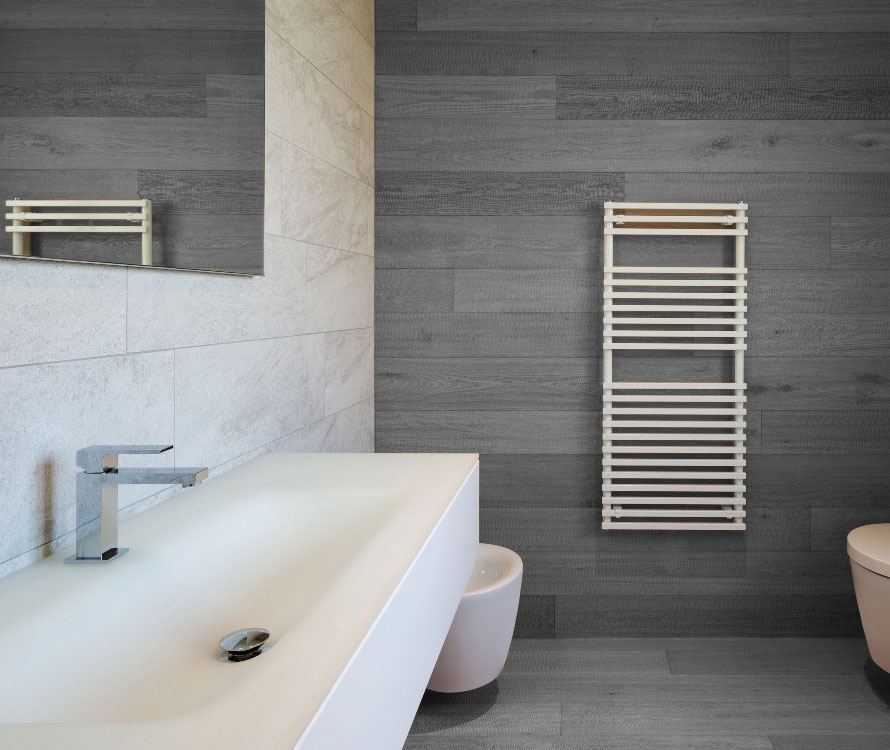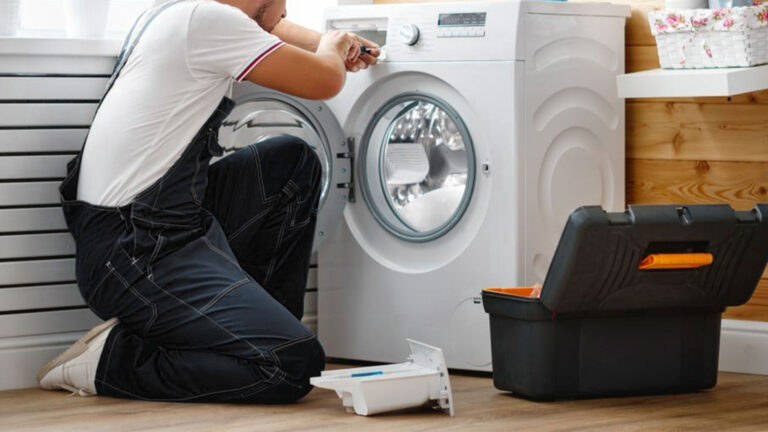Which Radiator to Choose for Your Bathroom?
The bathroom is a key room in our daily lives, where thermal comfort plays an essential role. An appropriate heating solution not only provides a sense of well-being but also helps prevent humidity and mold growth.
In this article, discover the different types of radiators available for the bathroom, their pros and cons, as well as the essential criteria to consider to make the best choice. Ready to find the ideal radiator for your bathroom? Follow the guide!
The Different Types of Bathroom Radiators
- Towel Radiators
The towel radiator is specifically designed for the bathroom, combining room heating and towel drying for optimal comfort.
Types of towel radiators:
- Electric: Simple installation, operates via an electric heating element.
- Hot Water: Connected to the central heating system, uses hot water to heat the room.
- Mixed: Combines both systems for maximum flexibility.
- Portable Electric Auxiliary Heater
The portable auxiliary heater is a practical solution for quickly heating a small bathroom. Its major advantage: it is easy to move and install, ideal for temporary needs or small spaces.
Available models:
- Fan Heater: Heats quickly but can be noisy.
- Ceramic Heater: Provides soft and consistent heat, generally quieter.
- Oil-Filled Radiator: Heats up slowly but retains heat well.
- Electric Convector and Radiant Panel
Main characteristics:
- Electric Convector: Heats the air by convection, efficient but may dry out the air.
- Radiant Panel: Emits soft and even heat, often quieter and less drying.
The Advantages of Electric Heating in the Bathroom
- Independence from the general system: Heat the bathroom without turning on the entire home heating system.
- Suitable for humid environments: Designed to withstand moisture, with specific electrical protections.

How to Choose Your Bathroom Radiator?
- Match the Power to the Room Size
- Simple rule: 100 watts per square meter. Example: For a 5 m² bathroom, choose a 500-watt radiator.
- Prioritize Modern Features and Options
- Remote Control: Via a mobile application.
- Programming: Set heating schedules to optimize energy consumption.
- Occupancy Detection: The radiator activates only when someone is present.
Safety and Energy Consumption
- Electrical Standards: An IP24 protection rating is recommended for humid environments.
- Installation Rules: Hire a professional, maintain a minimum distance of 60 cm from water points, and use differential circuit breakers.
Installation and Maintenance: Practical Tips
- Strategic Placement: Avoid blocking the radiator with furniture or doors.
- Regular Maintenance: Clean to prevent dust, check electrical connections, and have annual maintenance by a professional.
Conclusion: How to Choose the Right Radiator for Your Bathroom?
To choose the ideal radiator, assess your heating needs, the size of your bathroom, and compare available options. Do not hesitate to consult a professional to receive tailored advice and ensure a safe installation.







